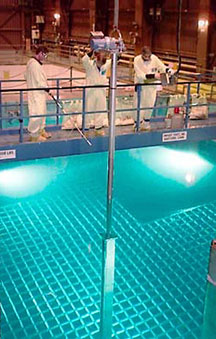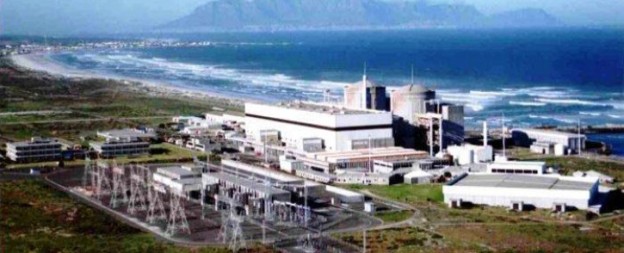In Democratic Republic of Congo’s nuclear plant is in limbo, after it shut down its reactor in 2004 due to overheating, lack of spares and unwillingness by the US to send parts. Egypt, Niger, Ghana, Tanzania, Morocco, Algeria and Nigeria have also begun the rollout of projects in this sector.
In May 2015, South Africa announced that it will procure a nuclear fleet to generate 9,600MW of power at a cost of $100 billion. The country’s installed nuclear generating capacity of 1,830 MW from its two reactors at Koeberg. These plants were commissioned in 1984 and will be closed in 2025….”We are still on course with our plans to construct an additional eight new nuclear plants by 2023 to produce 9,600MW,” Ms Joemat-Petterson said.[South African Energy Minister ]
Kenya is also planning to construct nuclear power plants that it hopes will generate a minimum of 4,000MW from 2023. “We have no option but to embrace nuclear early enough to avoid starting the process long after we have exhausted geothermal sources,” Energy Principal Secretary Joseph Njoroge said.
The key question, however, is if the countries on the continent can afford the costs of setting up nuclear plants. Nuclear reactor costs run into billions of dollars but the main cost is in the initial investment and the plant itself. It is a long-term form of energy, with reactors operating for close to 60 years producing electricity with minimal maintenance.
For instance, Nigeria is looking for $32 billion to construct four nuclear plants. However, the project is shrouded in controversy as the country is currently facing a financial deficit, with other key infrastructure projects pending. Ochilo Ayacko, the chief executive of the Kenya Nuclear Electricity Board, said that the country will need at least $20 million to put up its 4,000MW plants. Uganda is also facing financial hurdle as it seeks to join the nuclear club. According to an AF-Consult Switzerland report, Uganda will require $26 billion to have an installed capacity of 4,300MW from nuclear energy by 2040. James Isingoma Baanabe, Uganda’s acting Commissioner for Energy Efficiency and Conservation, said it will take the country at least 20 years to build its first nuclear plant, mostly because of financing.
In 2000, Tanzania invited bids to construct its nuclear plant, with South Africa’s South Areva, being touted as a front runner. However, little came of this as the country slowed down in its nuclear bid because of financing challenges.
For most nuclear projects, security is key… In 2014, Niger saw militants from Al Qaeda in the Islamic Maghreb attack the Somair uranium mine owned by Areva, killing 26 people. In April 2015, the Nigerian government announced that it was downscaling its uranium stockpiles and beefing up security around the proposed sites of its nuclear reactors.
Kenya is also facing insecurity from Somali Al Shabaab militants who have in several occasions tried to blow up power plants in Garissa and northern Kenya. Securing these facilities is a key concern in the preliminary report handed to the Kenyan government by Josi Bastos, the International Atomic Energy Agency team leader.
Excerpts from Allan Olingo, Africa Now Turns to Nuclear for Power Generation Amid Fears of Insecurity, allafrica.com, Sept. 15, 2015




